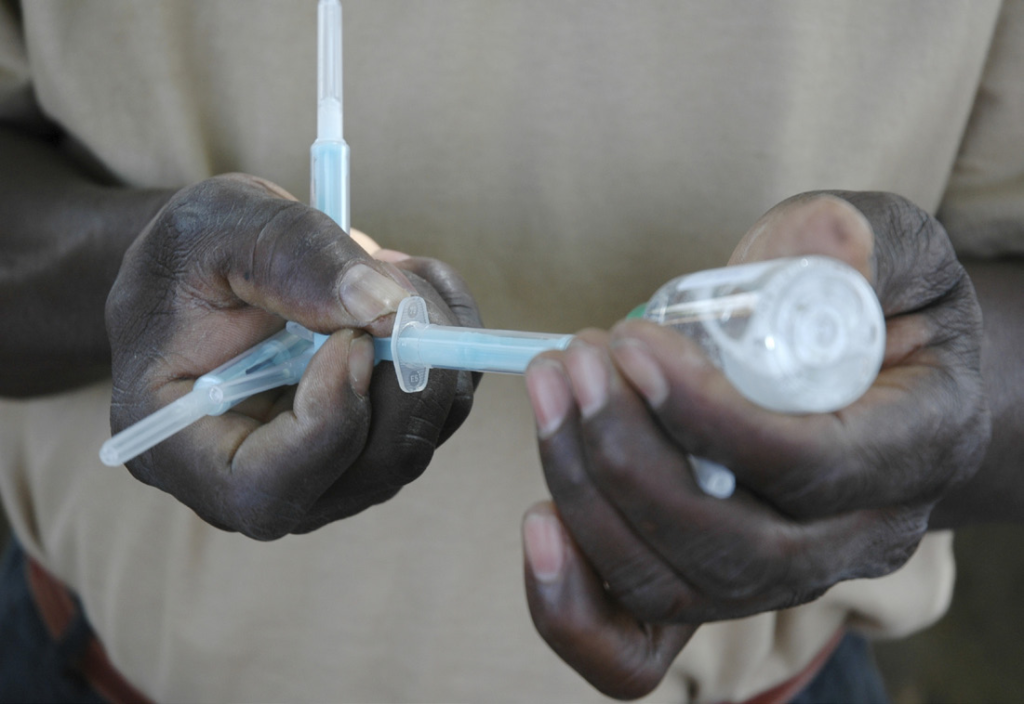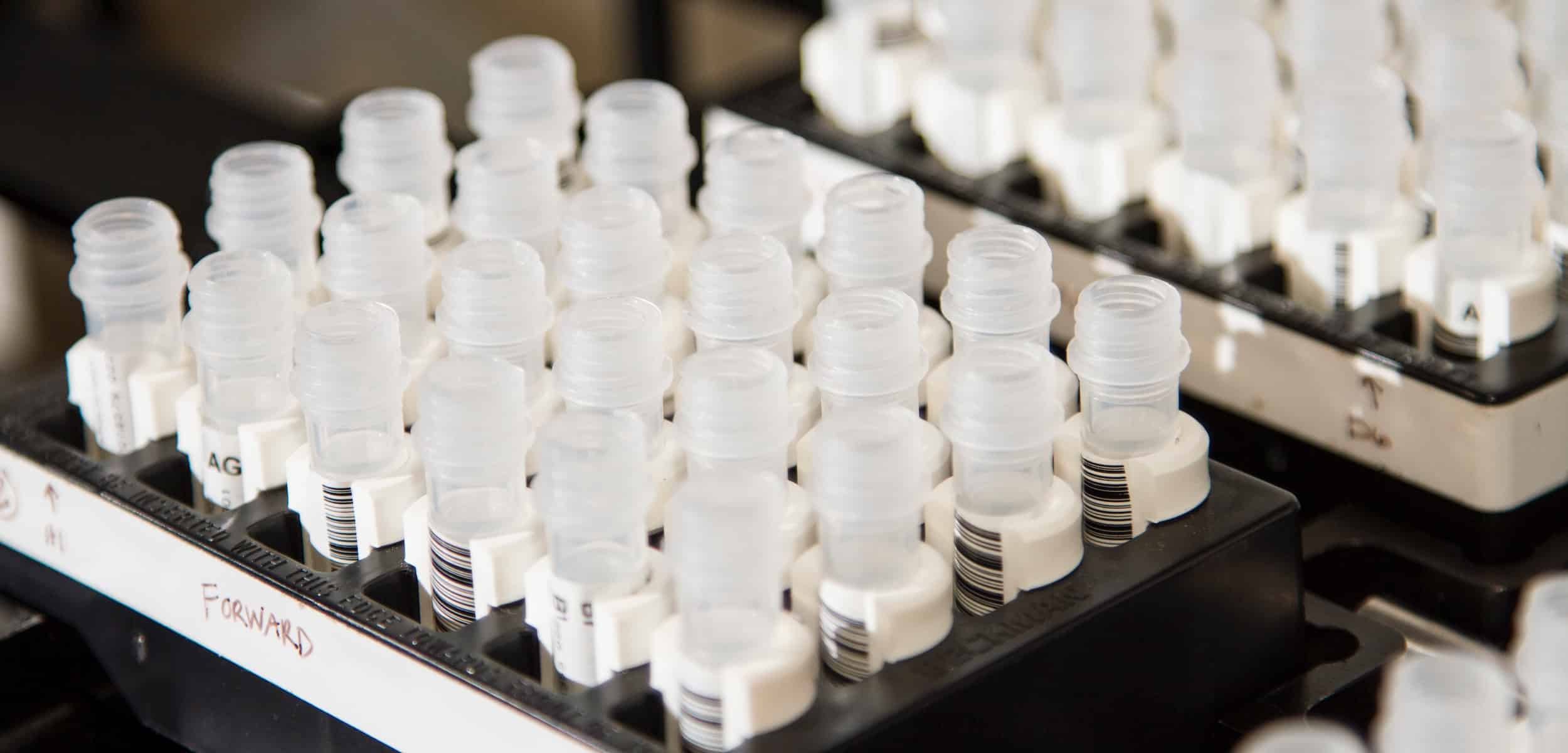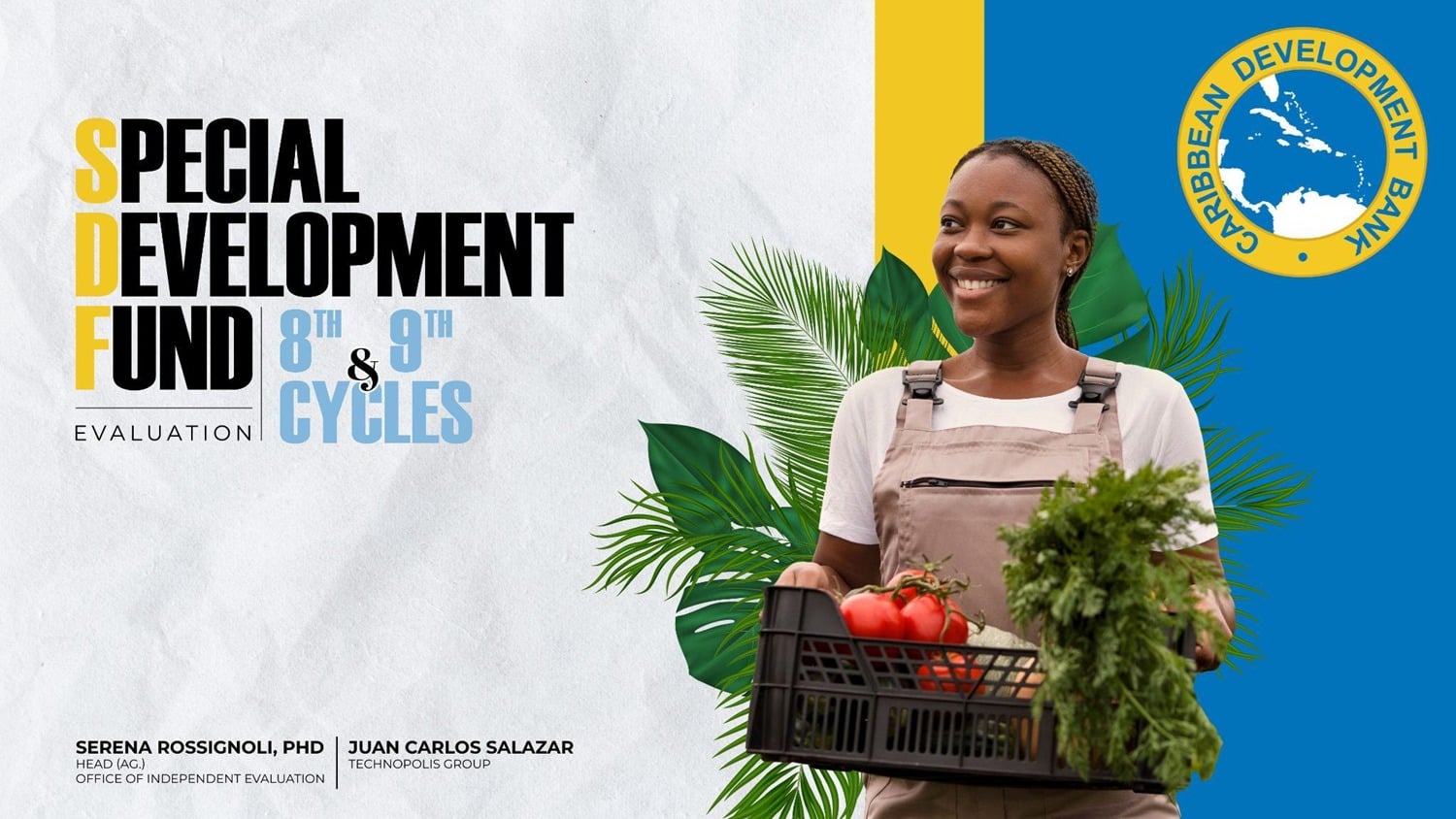The economics of the pharmaceuticals and other healthcare industries are stacked against poor people, who offer unattractive economic returns to investors. Product Development Partnerships (PDPs) aim to break this economic vicious circle. They may also serve developed countries’ interests. As the Ebola epidemic and the slow spread of antibiotic-resistant tuberculosis (TB) show, sometimes the diseases of the poor pose a risk of also becoming diseases of the rich.
It is economically unattractive for pharmaceutical and healthcare products companies to address markets where consumers cannot afford to pay much for treatments and where the volume of demand may be limited because diseases are unusual. Some of the diseases involved in fact affect millions of people but inability to pay limits the number of innovators aiming to tackle them. In addition to the ‘big three diseases of the developing world (HIV/ AIDS, TB and malaria) infectious diseases like sleeping sickness, Chagas disease or hookworm exact a heavy toll on the health and socio-economic development of people in some developing countries.
Over the past fifteen or so years, a growing number of PDPs have been established which aim to accelerate the development of new medical products by tipping the balance of risk and cost of investment in new product development towards the state. These include the WHO special programme for research and training in tropical diseases, the International AIDS Vaccine Initiative and the Medicines for Malaria venture. The Gates and Rockefeller foundations have set up several PDPs and the PDP Funders Group has made it possible for donors to club together and address certain diseases that would be beyond the means of a single sponsor to fund alone. However, an overall effect of the global financial crisis has nonetheless been to reduce the funding available for PDPs in the last few years.

The Dutch PDP Fund (2011-14) was able to piggyback on the work of the PDP Funders Group to help fund PDPs in neglected diseases, vaccine development, TB, diagnostics, microbiocides and reproductive health technologies. A lot of the effort went into clinical trials – some of which were successful; others of which showed that potential innovations were ineffective. In principle, funding such failures is necessary. Reducing the cost of failure is a precondition for attracting the private sector into high-risk or potentially low-return product development. Persistence is needed, since successful new medicines take over a decade of trials to reach the stage of FDA approval in the USA. Like the companies, the state also has to take a portfolio approach and not to expect that every project will ‘succeed’ in technical terms.
PDPs focusing on reproductive technologies such as women’s condoms and on cost-reducing existing processes such as vaccine production had better success rates and produced results more quickly able to go into production than the clinical trials. But clearly if sponsors were to focus all their attention on such PDPs that promise shorter term success, important types of new product development would not happen.
One of the benefits of the PDP approach is capacity building, through the training of large numbers of medical personnel associated with the trials. Perhaps unexpectedly, large pharmaceutical companies like GlaxoSmithKline (GSK), Novartis, Eli Lilly, have increased their commitment to combatting diseases affecting the poor and have set up their own public-private partnerships to accelerate drug discovery and development.
Clearly PDPs offer opportunities to correct imbalanced market incentives and address diseases that industry normally finds economically unattractive. But this is a type of intervention that needs patience – and, if it is to operate in the later stages of drug development, that can tolerate the big economic risks of large-scale clinical trials. Multi-funder arrangements like the PDP Funders Group can become quite complex – but this may be a necessary cost to bear in order to share out high costs and risks among several funders.



